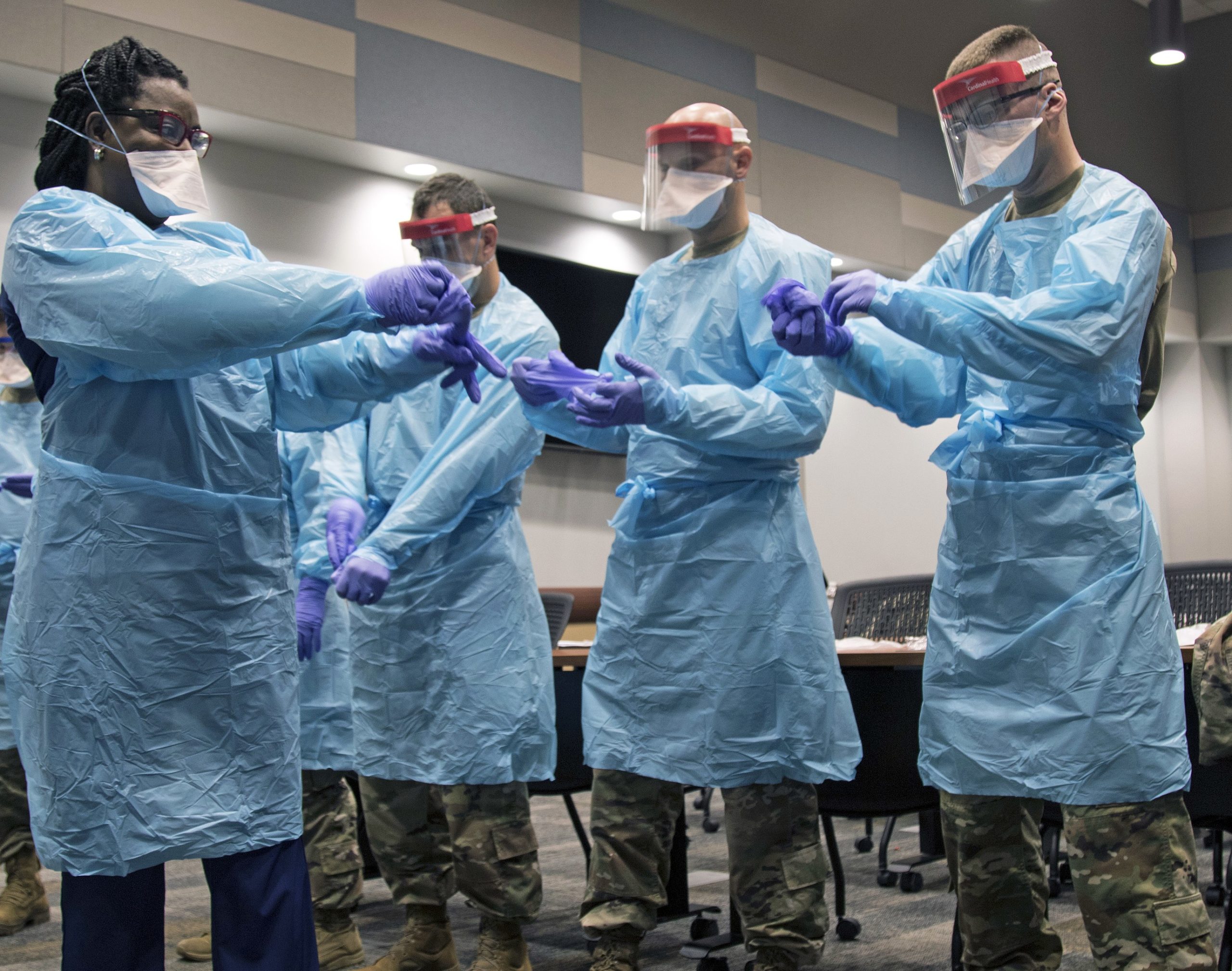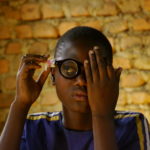Excuse the bad pun, but I feel this famous Gabriel Garcia Marquez title contextualises our collective position in the midst of calamity. It is all we hear in the media and flooded the topic of water cooler conversation, while we were still at work, but what is the relevance of Covid-19 to us in a professional sense?
Transmission
Covid-19 is spread via droplet transmission from the coughs and sneezes of those infected, both directly and indirectly entering through mucous membranes, so through the eyes, nose and mouth. The virus can remain on hands and objects and it is often through contact with these, followed by contact with our eyes, mouth or nose that leads to infection.
A study by The New England Journal of Medicine, found that severe acute respiratory syndrome coronavirus 2 (SARS-CoV-2) can stay on non-porous plastics for up to 72 hours, stainless steel for 48 hours, cardboard for 48 hours and copper for eight hours. A follow-up study by The Lancet tested different materials in an environment of greater relative humidity. SARS-CoV-2 was found to stay on printing and tissue paper for three hours, wood and cloth fabric for two days, glass and paper money for four days and stainless steel and non–porous plastic for seven days. Interestingly, the outer layer of surgical masks also sustained a viral population for up to seven days. This could be why there is such dispute over whether surgical masks should be included as personal protective equipment (PPE).
Another interesting take-home is that the lipid bilayer of the Covid-19 viral envelope dries out with a higher temperature, so lower temperatures and higher humidity are risk factors for prolonging the duration of the Covid-19 virus infection on a surface. Other risk factors include reduced air flow and solid/smooth surfaces.
What can we take from this? How important it is for us to properly disinfect our equipment, keyboards and phones, as they all contain non-porous plastics and glass.
Our patients’ glasses are also made of non-porous plastics and/or metals, so these can be a sneaky cause of contamination through the mouth or nasal passage via our hands. This is especially relevant for those wearing glasses as presbyopes and for near point stress due to the on-and-off nature of their wear. It is important we alert our patients to this as many consider glasses to be a source of PPE.
Another thing we may be asked a lot about is the safety profile of contact lens wear in our current Covid-19 environment. Given the patient is not showing signs of sickness and appropriate hand washing and contact lens/case hygiene compliance is maintained, contact lens wear creates no increase in risk of transmitting Covid-19 to the patient. This is because exposure to Covid-19 via droplets on the contact lens during wear would have still landed directly on the ocular mucous membrane in the exposed palpebral aperture and been a source of viral transmission in that way.
In terms of cleaning, the patient can switch to monthly contact lenses and a hydrogen peroxide–based cleaning system as it has been proven to inactivate human coronavirus. Alcohol swabs over fingertips can be an extra measure, but handwashing is still key.
There has also been preliminary research into airborne transmission of Covid-19 via microaerosols. Although the World Health Organisation (WHO) has released a statement saying there is no evidence supporting Covid-19 being transmitted through microaerosols besides specific medical contexts (eg. intubation), infectious disease epidemiologists recommend us to act conservatively, as unequivocal evidence could take years to attain.
Thus, we need to be mindful of ventilation in our places of work and also limiting microaerosol transmission where it can be avoided, such as performing applanation tonometry disinfected with 10% diluted sodium hypochlorite solution and ceasing use of non-contact tonometers (NCT).
In practise
Of those patients with Covid-19, 1-3% will present with mild follicular conjunctivitis, so it is a good idea to flag any patients with any sort of respiratory symptoms (including shortness of breath), recent travel and follicular conjunctivitis on presentation.
The ophthalmology departments of several hospitals in China released a publication advising a three-tiered approach for minimising the risk of Covid-19 transmission. The first tier being administrative changes, which include operational processes such as identifying suitable testing methods that minimise the source of infection, for example, using correctly disinfected contact tonometry as opposed to NCT. Also included are infection control practises training and triaging to identify vulnerable patients, such as those with respiratory symptoms, fever, recent international travel etc., to have their testing postponed by at least 14 days.
The second tier is environmental control aimed at reducing the risk of droplet transmission. This includes protective shields on slit lamps, disinfecting equipment with 70% alcohol*, and having staff take their own temperature before work and monitor, report their own pertinent symptoms.
The final tier relates to PPE, such as masks and gloves. Different PPE were recommended to be used for different levels of patients at risk.
Ocular links
Probably the most talked about therapy being administered to treat Covid-19 is Plaquenil.
Most commonly prescribed for rheumatoid arthritis (RA) and other autoimmune conditions, Plaquenil (hydroxychloroquine) was initially developed as an anti-malarial medicine and is still used in some areas to treat malaria where it remains sensitive to chloroquin.
In the fight against Covid-19, it is currently being used to treat Covid-19–associated pneumonia. The proposed dose being prescribed varies but starts from the regular therapeutic dose prescribed for RA at 400mg a day for a course of five days. The general recommendation for a safe dose of Plaquenil in long–term therapy is <5mg/kg of real weight for hydroxychloroquine. For those prescribed a higher dose, it is unknown what effects a high dose within a short time span has on the body, so it is still advisable to warn patients that Plaquenil toxicity is a possibility. The literature indicates a risk of damage is most likely relevant when the patient has a cumulative dose of >1000 mg, and for a few long-term users (years, not weeks), Plaquenil can cause hydroxychloroquine retinopathy or bulls-eye maculopathy.
In summary
It is important for us to be cognisant of the transmission of Covid-19 and its relevance to optometry both in terms of our practises and for our patient care and advice. Knowledge and acting with a level of conservatism will help not only our and our family’s safety and welfare, but also that of our greater community.
References
- Neeltje van Doremalen et al. Aerosol and Surface Stability of SARS-CoV-2 as Compared with SARS-CoV-1. New England Journal of Medicine, 2020; DOI: 10.1056/NEJMc2004973
- Alex WH Chin et al. Stability of SARS-CoV-2 in different environmental conditions. The Lancet Microbe, 2 April, 2020; https://doi.org/10.1016/S2666-5247(20)30003-3. For more from The Lancet on Covid-19, go to: https://www.thelancet.com/coronavirus
- Tracy HT Lai et al. Stepping up infection control measures in ophthalmology: an experience from Hong Kong. Graefe’s Archive for Clinical and Experimental Ophthalmology; https://doi.org/10.1007/s00417-020-04641-8
Written by Layal Naji for eyeonoptics.
Australian-based Layal Naji is a staff optometrist with the Australian College of Optometry and co-founder of the outreach optometry clinic at the Asylum Seekers Centre in Newtown, Sydney, and a contributor to eyeonoptics.




